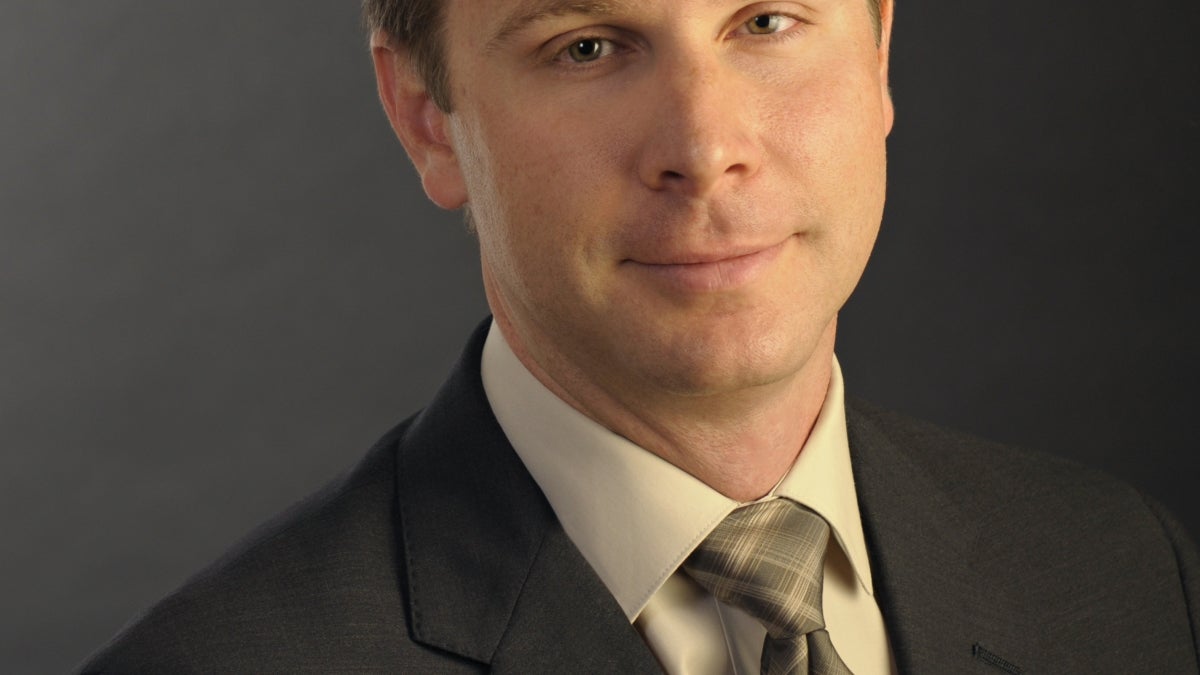What is a risky investment’s expected return?
That’s the question Assistant Professor Seth Pruitt, who teaches finance in the W. P. Carey School of Business, and his co-authorsBryan Kelly, professor of finance at the Yale School of Management and Yinan Su, PhD student at the Kenneth C. Griffin Department of Economics at the University of Chicago. set out to answer in their study, “Characteristics are Covariances: A Unified Model of Risk and Return,” which won Best Paper at the Brigham Young University Red Rock Finance Conference 2018 and has recently been accepted by the Journal of Financial Economics.
The researchers built a statistical model that estimates a firm’s risk exposure relative to significant, economy-wide fluctuations.
“The model does extremely well at predicting average stock returns and constructing well-diversified portfolios,” Pruitt said.
Investors traditionally compare firms’ historical returns to the market’s to understand their relationship and adjust portfolios accordingly. The issue with this 40-year-old process is that firms’ characteristics continuously evolve, as do their relationships to changing market factors.
“This makes the estimation problematic,” Pruitt said. “Firms evolve. They get bigger, or they get smaller; they take on more debt or less debt; they undertake more investment or less investment.”
These observable characteristics tell us about firms’ relationship to market risks, and how firms’ potential for loss changes over time and varies across the cross-section.
“The new statistical model enhances our understanding of investment strategies, and why different stocks earn different average returns,” he said. “We obtain real-time estimates of the aggregate risks that give rise to these returns.”
The optimized statistical model also allows investors to apply estimates from observed firms to new publicly traded companies that have similar characteristics, before they have a history of returns, and use the data to forecast IPO returns.
Pruitt’s research focuses on asset pricing, and his graduate school background and training guides the statistical methods he developed in the paper.
“I’ve wanted to develop new techniques that address common questions in asset pricing. This project was an outgrowth of that, and a result of looking at the academic literature and what firms do in practice,” he said. “There’s room for improvement on what firms often do in practice to understand stock returns and risk adjust their performance. I think this tool can provide that.”
BYU’s Red Rock Finance Conference, which took place in September, is in its eighth year. The conference committee honors one “Best Paper” winner at the annual event. The paper was discussed by Nobel Laureate Lars Peter Hansen of the University of Chicago, who had a positive outlook on both the paper and the authors’ research agenda.
“This is an organized, disciplined way of using big data,” Pruitt said. “The main ways I see big data used and talked about are rather sophisticated statistical techniques, lumped into artificial intelligence, machine learning and other complicated algorithms. Our model is a simple, powerful way of using big data, while imposing a little economic theory in the process.”
More Business and entrepreneurship

Boosting entrepreneurship to meet the market's needs
America loves an entrepreneur — the home run king of all businesspeople.And at Arizona State University, we love them, too.Here’s…

ASU Prep program turns students into statisticians through the power of sports
Ask a high school kid if they want to attend a statistics class, and they might give you a blank stare or just laugh.Ask them if…
The business behind the brand
Ask Jennifer Boonlorn ('01 BS in marketing) about the secret to a successful career in the luxury fashion industry and she'…


